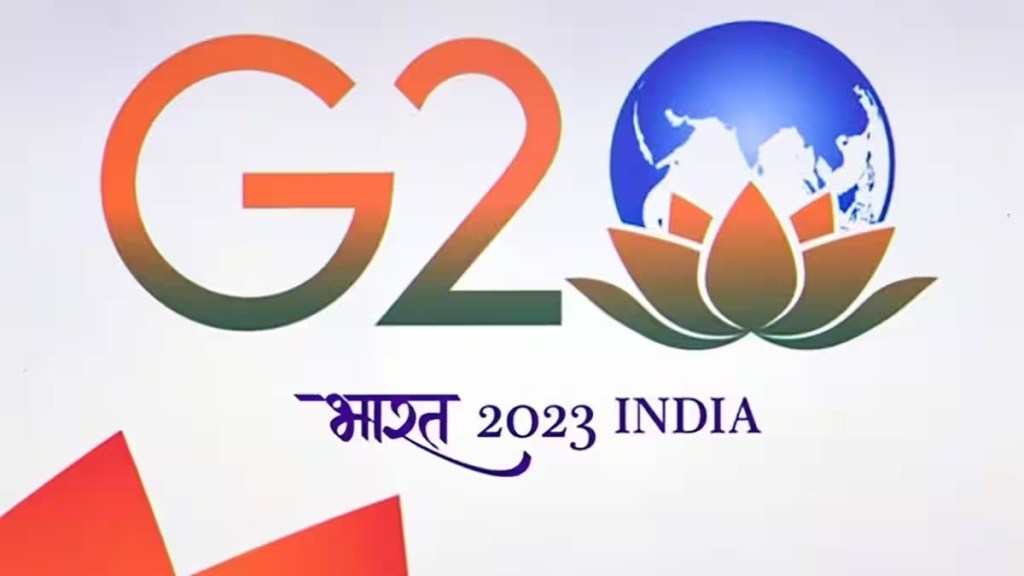A comprehensive security operation is in place to safeguard the national capital during the upcoming G20 Summit in New Delhi on September 9-10. The primary goal is to ensure a safe and incident-free event for the leaders of the G20 countries. Both the Indian Army and Indian Air Force are actively involved in securing the area, employing various assets and strategies.
The Indian Air Force (IAF) plays a pivotal role in this security arrangement. They are deploying an array of resources, including fighter jets, drones, counter-drone systems, air defense missiles, and airborne surveillance platforms. This operation is on a larger scale compared to the security measures taken for the Republic Day parade. The IAF has identified three potential threats: slow-moving small drones launched locally, missiles, and even the possibility of planes like those used in the 9/11 attacks.
To counter these threats, the IAF has established a graded process. It begins with radars and airborne sensors to detect any airborne threats. The next step is to definitively identify the nature of the object in question. Finally, the command-and-control mechanism at the operations directive centre will determine the most appropriate response to neutralize the threat. This process happens in real-time, with the IAF’s fast-speed networks and nodes ensuring swift assessment.
Aircraft including the newly acquired French Rafale, MiG-29, Mirage 2000, and Sukhoi 30 MKI fighter jets are on a constant “combat air patrol.” These jets are equipped with the necessary weapons to swiftly respond to any potential threats. Key bases, including Ambala, Gwalior, Sirsa, Adampur, Halwara, and Bareilly, will have teams of fighter pilots on “runway readiness.”
Role of the Indian Army
The Indian Army is also actively involved in the security efforts. They have received requisitions from the civil administration for various assets, including bomb disposal squads, explosive detection dogs, quick medical teams, vehicles equipped with anti-drone systems, and recovery assets. These assets will be strategically stationed around the venue and approach roads, ensuring rapid deployment in case of any incidents.
The Delhi Police are contributing significantly to security by deploying over 450 quick reaction teams (QRTs) and PCR vans to handle potential contingencies during the Summit. Additionally, more than 50 ambulances, firefighting equipment, and even fire-fighting robots have been strategically positioned at designated locations.
In preparation of the summit, the security apparatus in place for the G20 Summit in New Delhi is robust, encompassing the combined efforts of the Indian Air Force, Indian Army, and Delhi Police. Their coordinated actions and advanced technologies are aimed at ensuring the safety and success of this high-profile international event.

